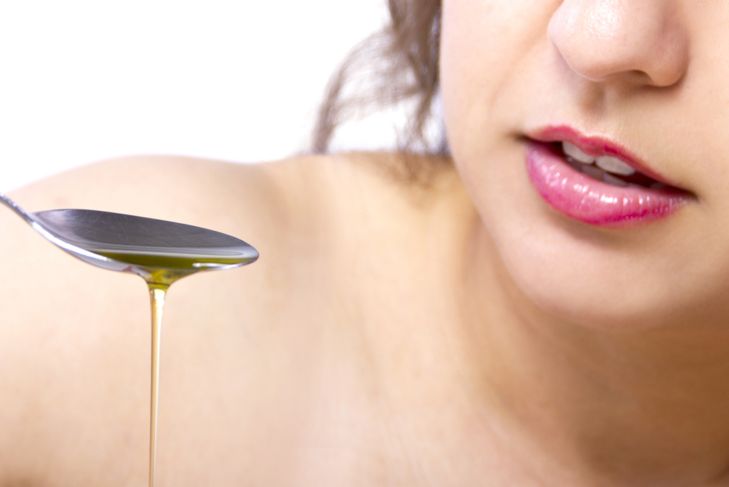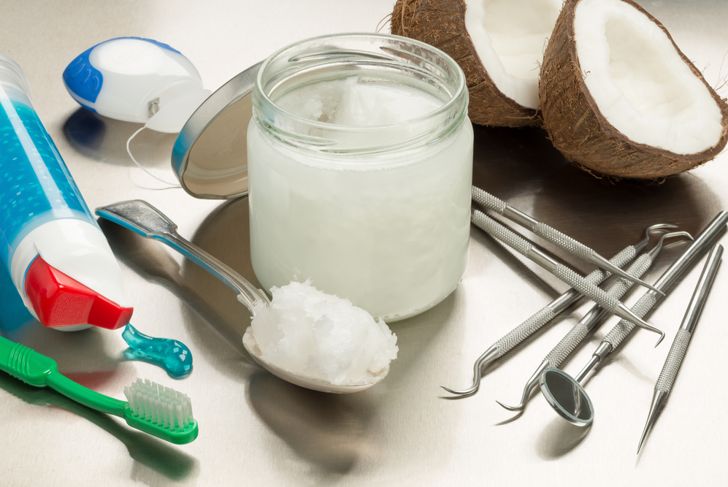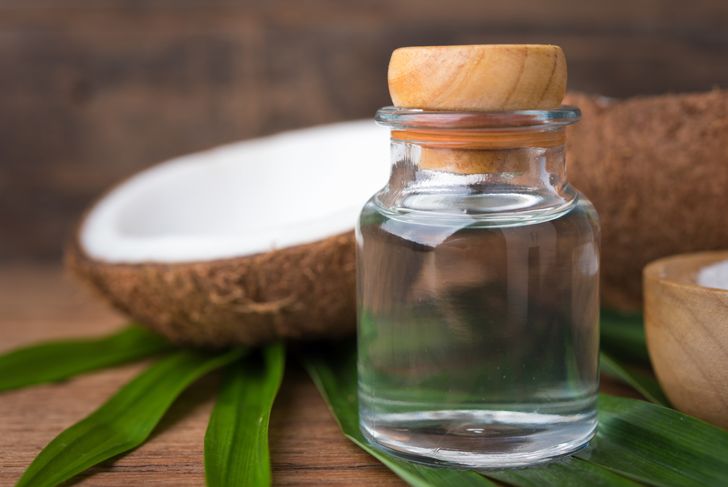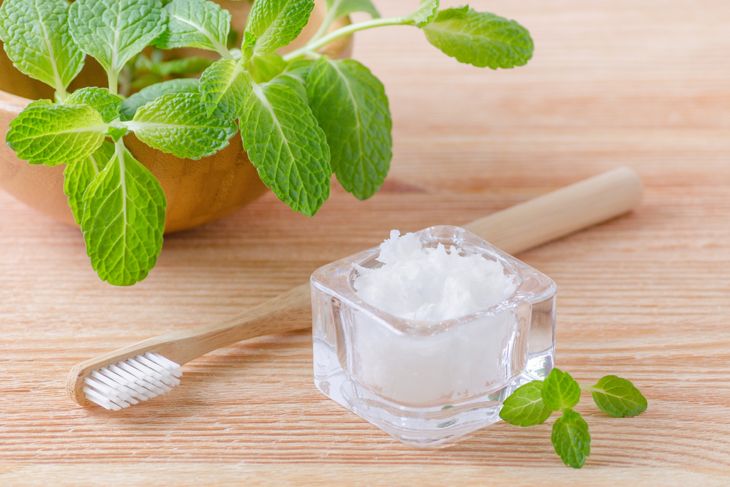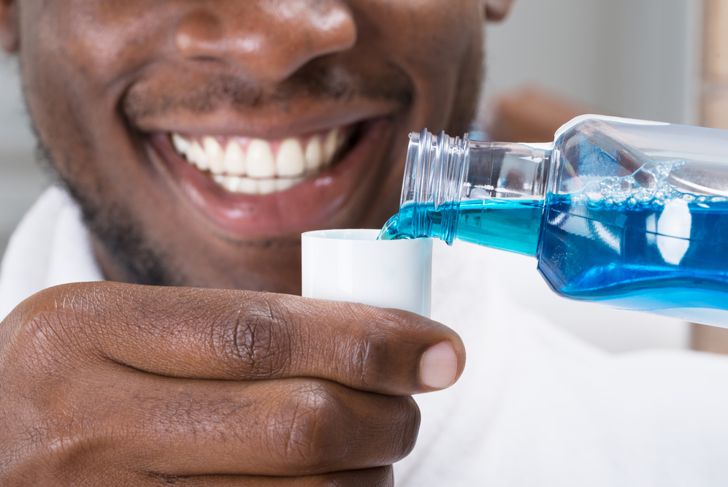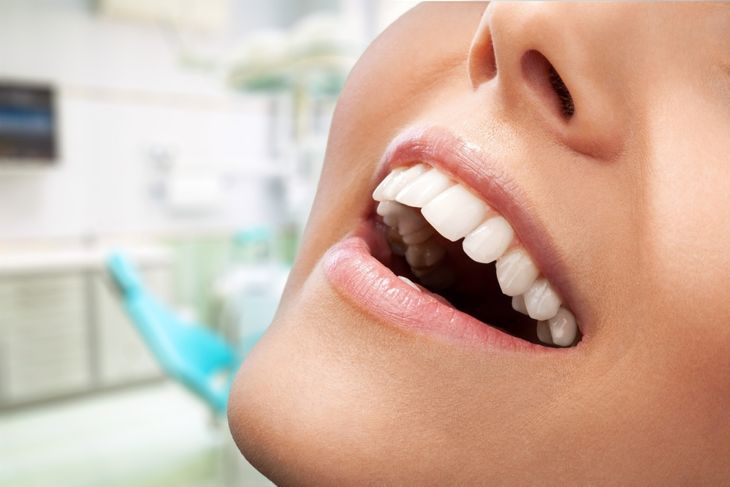Most of us rinse our mouths with mouthwash. Gargling and spitting is part of many of our nightly routines. If you find that mouthwash is too sharp for you or it is not providing you with lasting benefits, you may want to consider oil pulling. If you haven’t heard of it before, the name may be off-putting. We are cautioned against the negative health effects of consuming too much oil. However, with oil pulling, you do not consume the oil. Like using mouthwash, it consists of gargling and spitting.
What is Oil Pulling?
Oil pulling involves swishing oil in your mouth for several minutes before spitting it back out. Gandusha and Kavala Graha are two traditional oil pulling practices. They have different processes, but both involve gargling plant oils for at least three minutes. Puneet Nanda, the creator of GuruNanda Pulling Oil, said oil pulling is supposed to get rid of oil-soluble toxins and harmful bacteria that build up in the mouth.
What is the Origin of Oil Pulling?
According to the National Center for Biotechnology Information (NCBI), oil pulling started in India over 3,000 years ago. It is described in the Ayurveda text as a natural healing method for oral health. The holistic practice involved chewing sticks, eating herbs, and pulling oils. Sunflower oil and sesame oil were some of the first ones that original practitioners used to help with many oral health ailments. Oil pulling was thought to not only prevent dryness of throat, bleeding gums, cracked lips, and oral malodor, but it could also strengthen the teeth, gums, and jaw.
How Many Bacteria Are in the Mouth?
Did you know that there are between 1,000 and 10,000 bacteria on just one tooth alone? Times that number by about 32 teeth and you have a significant amount of bacteria. They can lead to smelly breath, cavities, unhealthy gums, and other mouth ailments. The bacteria have a layer of fat-like coating, and when it comes in contact with oil, they stick together. Therefore, you can effectively spit out bacteria from your mouth after pulling oil.
Why Use Oils in the Mouth?
Did you know oils are considered non-polar liquids? This means they will not blend with polar liquids. The concept of polarity is why oils work so well for oral hygiene. While your toothpaste and floss can remove polar toxins, oils can get rid of the leftover non-polar gunk. Your mouth will be clean on a whole new level. The number of times you want to swish is up to you. There is no set schedule for oil pulling as more research needs to be conducted. Some people gargle with plant-based oils every few months or weeks while others do this natural rinse every single day as part of their regular oral healthcare routine.
What Do Recent Studies Reveal About Oil Pulling?
In 2009, the Indian Journal of Dental Research published a study that compared sesame oil to mouthwash. It revealed that swishing with the oil equally reduced plaque just as much as a factory-made mouthwash. The study showed sesame oil also modified gingival scores; for children with plaque-induced gingivitis, oil pulling lowered the number of microorganisms in the plaque. The Journal of the Indian Society of Pedodontics and Preventive Dentistry showcased a 2011 study that suggested sesame oil is as effective as chlorhexidine treatments for bad breath. The Journal of Clinical and Diagnostic Research published a 2014 study that supported this case showing how sesame oil reduced oral malodor and the microbes causing the bad breath.
What Oils are Recommended for Pulling?
Besides sesame oil, there are some plant-based oils that you can use to rinse your mouth. Coconut oil is considered one of the best ones. It tastes better than other oils and has lauric acid, which helps break down the fatty layer of bacteria and virtually destroy them. Coconut oil has vitamin E, which is a powerful antioxidant against harmful free radicals. It also contains a small amount of vitamin K, which promotes healthy bones and prevents blood clots. Olive oil and palm oil are also popular for pulling.
What Does the American Dental Association (ADA) Think?
For these particular studies, the ADA claims the data is unreliable for a plethora of reasons including small sample size, the absence of negative controls, misinterpretation of results, lack of demographic information. The ADA explained that “scientific studies have not provided the necessary clinical evidence to demonstrate that oil pulling reduces the incidence of dental caries (cavities), whitens teeth or improves oral health and well-being.” Dr. Corbin Brady is a dentist from Des Moines, Iowa who owns Brady Dental Care. He agrees with the ADA saying, “Our patients have asked about oil pulling, and I’ve seen many claims that it enhances oral health, whitens teeth, and even improves overall health and well-being. While there may be a remote possibility of it being helpful as bacteria can’t utilize oils and fats, I haven’t seen any evidence or studies to demonstrate its effectiveness.”
What are the Risks of Oil Pulling?
The American Dental Association (ADA) claims oil pulling could eventually lead to lipoid pneumonia if it got into the lungs, which is rare. However, you have to be careful not to swallow any oil. Depending on how much you gurgle and how long you swish it in your mouth, you might be tempted to drink it; even a drop can cause digestive problems. Minor symptoms such as an upset stomach or diarrhea can be a risk of oil pulling. One thing most people do not take into account is that oil textures are thick compared to mouthwash; if you have a sensitive gag reflex, you might find it difficult to pull oil. On a side note, non-food-grade oils produced as Ayurvedic herbal medical in South Asia are not tested by an independent source. Harvard Medical School discovered one in five of said products contained potentially harmful traces of lead, mercury, or arsenic.
Is Oil Pulling an Effective Oral Treatment?
Although there are few direct risks of oil pulling, you should never replace time-tested oral treatments with oil pulling. Do not skip brushing and flossing just to swish with some oil every other day. It is not an adequate method for removing plaque or reducing bacteria; oil pulling is a natural way to rinse your mouth opposed to other options. However, you can include oil pulling with your other proven-effective oral treatments such as brushing and flossing twice a day and visiting your dentist every six months.
Does Oil Pulling Have Other Health Benefits?
Besides supporting a clean mouth, traditional Ayurvedic healthcare believes an individual’s physical and mental health is affected by human energies. That is to say, your physiological character, as well as disease vulnerability, is controlled by factors such as stress, an unhealthy diet, poor relationships, and even inclement weather. Negative factors can influence a person’s inner energy, making them more susceptible to disease. Oil pulling has been used by some for more than eliminating plaque, freshening breath, and whitening teeth. Even though the process of oil pulling is still the same, they may swish a tablespoon of a vegetable oil for up to 20 minutes before spitting it out and brushing your mouth clean.

 Home
Home Health
Health Diet & Nutrition
Diet & Nutrition Living Well
Living Well More
More